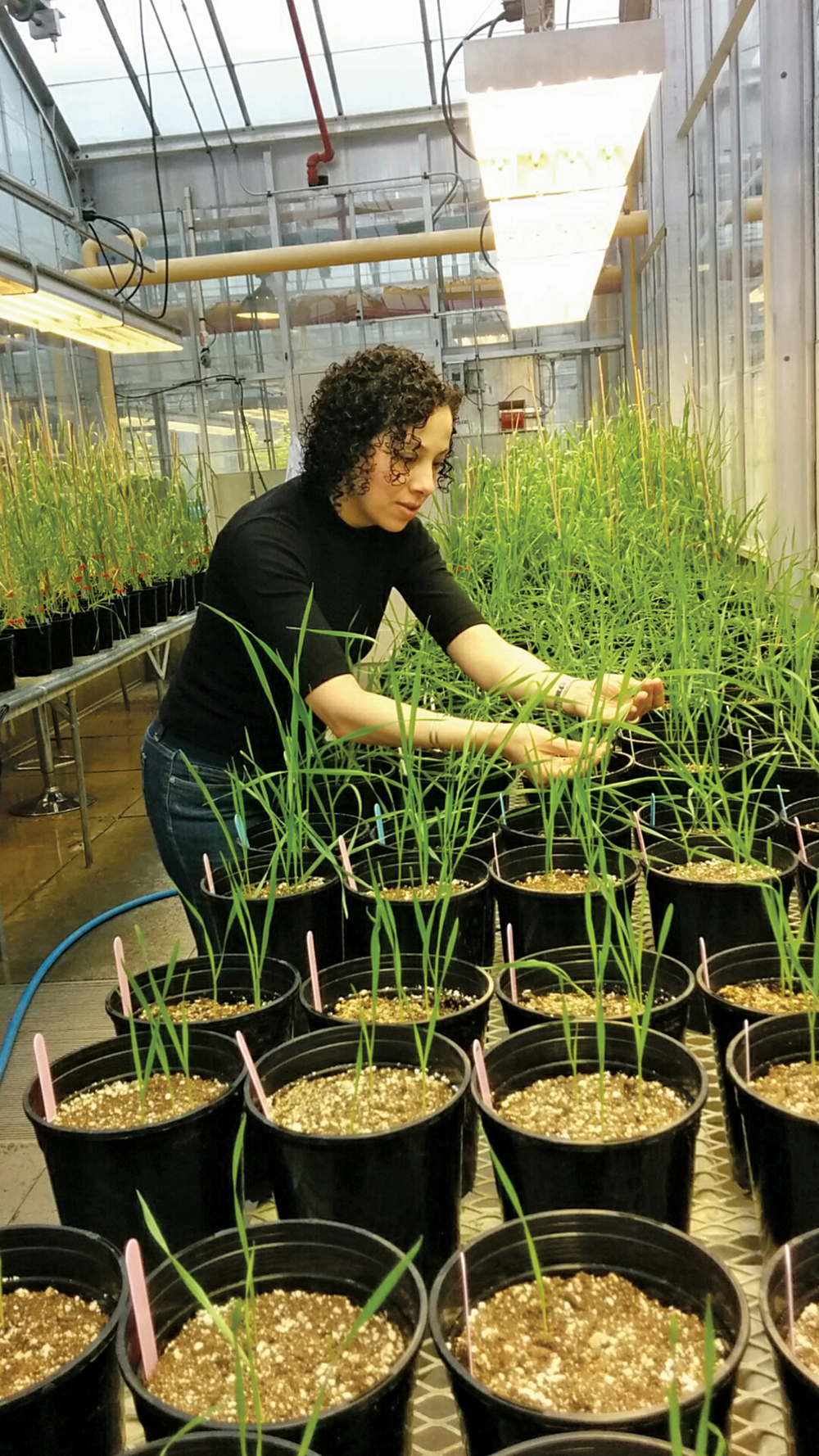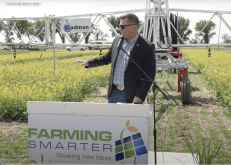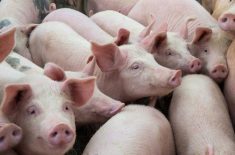Recent hirings at Agriculture and Agri-Food Canada are a sign that the long decline in research capability is over.

“That they’re hiring is very positive,” said Ron DePauw, who established himself as one of the world’s top wheat breeders with his work at AAFC’s Swift Current station.
“If you go back to 1973, there were over 800 scientists in the research branch and now it’s around 380 to 390, and they’re trying to get back to 400. It’s very positive that they’re trying to retain capacity.”
Concern has been mounting in recent years that the number of Ag Canada researchers was going to plunge further. A 2013 study by the Western Grains Research Foundation found that 40 per cent of Ag Canada scientists (16 out of 39) were expected to retire in the next three years, causing a serious knowledge gap in crop research across the Prairies. The new hirings are, so far, addressing that problem.
DePauw said he heard from one Ag Canada manager that there were about 20 retirements and 22 hires in 2016. And there are still postings across Canada that have yet to be filled.

“It’s been very positive to see AAFC replacing staff after a fairly long period where the restaffing of scientists was very low,” said Steve Morgan Jones, former director general with AAFC’s Prairie region.
But many key or core scientist positions have been replaced over the 18 months, he said.
“They’re trying to retain a capacity,” added DePauw, noting it’s critical to have a replacement hired before a scientist retires so research isn’t disrupted.
“Agronomy studies or rotational studies, you have to have them running for about 15 to 20 years before you see any measurable effects. Research is not something you can just turn on and off, like a manufacturing plant. It needs that long-term, focused commitment. The management of research is really a complex activity and there’s a skill set that is required and needs a long-term commitment of resources and focus.”
Read Also

Farming Smarter receives financial boost from Alberta government for potato research
Farming Smarter near Lethbridge got a boost to its research equipment, thanks to the Alberta government’s increase in funding for research associations.
Many funding agencies and universities are more suited to projects that can be done in three years, while Ag Canada has the capacity to concentrate on longer initiatives.
“You need the whole spectrum of research,” said DePauw. “Upstream research — where you are really engaging in new stuff — is appropriately the domain of universities because you’re training someone for a PhD or a master’s degree. You have to be engaged in something new.”
Ag Canada has recently set the strategies for areas of research, and hiring is being targeted to those areas, said Morgan Jones.
“I think it has six strategies — there’s one for beef and one for forage, for example,” he said. “They’ve done a consult with the industry to find out what their needs are and they’ve matched their hiring and replacement process to that.
“I would be very positive about the way in which AAFC has replaced those scientists. It provides the backbone and it complements the work that goes on in the universities and the more practical, applied work that goes on, like Farming Smarter.”
The hiring spree is a sharp reversal of the period where there was little replacement of staff. This was especially noticeable between 2010 and 2015 when there was a reduction in Ag Canada’s budget, said Morgan Jones.
“But over the last 18 months, there’s been a lot of general change around and a lot of us are happy with what’s going on,” he said. “There was a general decline and rebuilding based on need — rather than just replacing a person who has retired with a same person in the same discipline. The science has changed and it’s not always the right decision to hire someone with the same credentials as the person who has just retired. In some cases, that is true and in others, it’s not.”















